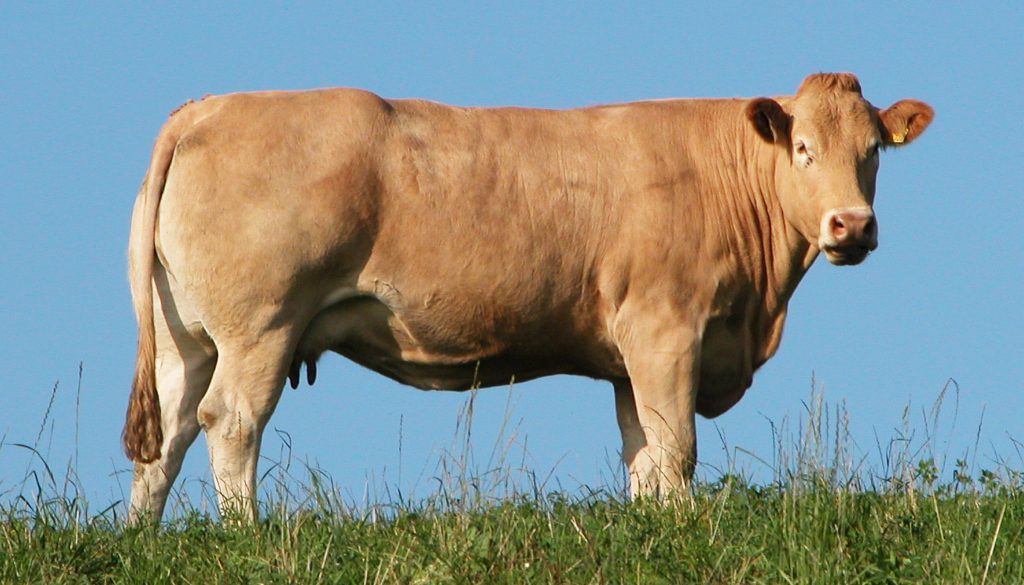
The Blonde d’Aquitaine cattle breed a pretty blonde color breed of cattle. They have elegant well-defined body lines with a long strong-boned face. They are a large breed that has a good quality of meat and are excellent foragers that can adapt their eating habits to just about any environment. They are fast growers, calm, docile and an easy to handle breed of cattle.
BLONDE D’AQUITAINE BREED OF CATTLE QUICK PROFILE OVERVIEW
|
|
|---|---|
| Beautiful blonde’s that are a benefit to any cattle herd with their adaptability, low maintenance, and ease of handling. | |
| Country of Origin: | France |
| Other Names: | Blonde |
| Main Purpose: | Meat |
| You may Also Like: | 35 Best Cattle Breeds for Milk – Dairy Cattle |
| You may Also Like: | 47 Best Cattle Breeds for Meat – Beef Cattle |
| Can be used for | Breed, Meat |
| Ideal Climate: | Heat, Cold, Most Climates |
| Conservation Status: |
Not Listed by the *ALC Status/Rarity: Common |
| Health Issues? | No known health issues |
| Good Starter Cattle? | Novice to intermediate Cattle farmer/keeper level |
| Cattle Associations: | The British Blond Society and the American Blonde Association |
| Cattle Clubs: | Please refer to The The British Blond Society and the American Blonde Association for more information on the Blonde d’Aquitaine Cattle breed. |
| Where to buy them? | Please refer to The The British Blond Society and the American Blonde Association for more information on the Blonde d’Aquitaine Cattle breed. |
| Child Friendly? | Livestock should not be left unattended around unsupervised children |
| General Information: | The Blonde is a strong breed of cattle that were originally bred as a draft cattle breed. The Blonde gene that gives these cattle their beautiful color is not always the most dominant gene and sometimes they can give birth to calves of varying colors. There are some strains of Blonde cattle breed that are naturally horned, however, most of these strains are quite rare as the cattle are no selectively bred to be polled. Cattle without horns are more popular for many reasons in the cattle industry/farming. |
| Note: *ALC stands for American Livestock Conservancy | |
PHYSICAL CHARACTERISTICS |
||||||||||||||||||||||||||||||||
|---|---|---|---|---|---|---|---|---|---|---|---|---|---|---|---|---|---|---|---|---|---|---|---|---|---|---|---|---|---|---|---|---|
| The Blonde d’Arquintaine cattle breed are a large breed with a compact muscular body long good-sized legs and a small well-proportioned face. They are very hardy and adaptive with excellent foraging abilities. | ||||||||||||||||||||||||||||||||
| Size: | Large | |||||||||||||||||||||||||||||||
|
||||||||||||||||||||||||||||||||
COW BREEDING & MILKING INFORMATION |
|
|---|---|
| Most Cattle produce milk but not all of them are used in the dairy Cattle capacity for their milk. Cows only calve once a year and should have 12 to 14-month inter-calving cycle. They are not bred as milk cows but do produce a good quality milk that is efficient to wean their calves on. They are fertile, resilient, have easy births with little to no birthing problems. They are excellent mothers with very strong maternal instincts and have been known to aggressively protect their young. | |
| Breeding Period/cycle: | Usually lasts 6 to 24 hours Most ave. 12 to 16 hours Cows usually come on heat every 21 days. |
| Estrous cycle: | Ave. 17 days to 24 days Heifer – usually ave. 20 days Cows – usually ave. 21 days |
| Gestation Period: | Usually, around 279 to 287 days but most gestation is 283 days. Cows that are carrying bull calf’s their gestation period is usually a little longer than cows that are carrying heifer calves. |
| No. Calves/Litter: | 1 calf at a time. Cows rarely have twins or triplets, but it can happen |
| Lactation Period: | Cows lactation period can last for up to about 10 months (305) days. |
| Milking From: | 1 to 6 weeks after Calving |
| Drying off Period: | The cow should have a 12 to 14-month inter-calving cycle. Drying off period for around 60 days before she can calve again. |
| Milk Quality: | Good |
| Milk Ideal for: | Calves |
| You may Also Like: | 35 Best Cattle Breeds for Milk – Dairy Cattle |
CATTLE MEAT PRODUCTION INFORMATION |
||||||||
|---|---|---|---|---|---|---|---|---|
| They are well known for their feed efficiency to convert feed to meat. Their muscle growth requires a lot less feed than other breeds giving then a lean red meat production with a good marbling making the meat quite tender and succulent with little waste. They have a good carcass size and the calves have quite a fast growth rate under many extreme conditions. | ||||||||
| Meat Production? | Yes, Quality: Good | |||||||
|
||||||||
| You may Also Like: | 47 Best Cattle Breeds for Meat – Beef Cattle | |||||||
CATTLE SKIN PRODUCTION INFORMATION |
||||||||
|---|---|---|---|---|---|---|---|---|
| Most meat Cattle will have a skin by-product, and these are usually used in some form or just as a hide. Their hides are part of the by-products of meat production and is on occasion used for leather products. | ||||||||
| Skin Production? | Yes, Quality: Good | |||||||
| Skin is used to Produce: | Calf/cow skin leather products such as shoes, car seats, fine leather coats, gloves, handbags, belts, furniture, rugs, etc. | |||||||
|
||||||||
HISTORY
The Blonde d’Aquitaine cattle breed was developed in 1962 and are actually the result from the breeding of three cattle breeds. These breeds were blonde breeds of cattle from the south-western regions of France namely the Garnonnaise, the Blonde Pyrenees and the Blonde de Quercy breeds of cattle.
These three breeds that were crossed to produce the Blonde d’Aquitaine cattle breed were all primarily bred as draft cattle breed and were the offspring of the Limousin cattle breed.
The Blonde d’Aquitaine was the project of Raphael Tremouille who was a veterinary surgeon as well as a lower chamber member of the French parliament.
Efforts to improve the breeds meat production was started in around 1970 and today the Blonde d’Aquitaine is the third largest cattle contributor to the French beef industry. The breed has been exported to most countries around the world including most if not all the European Union, America, etc.
Video
USEFUL LINKS
- Purebred Dairy Cattle Association
- American Dairy Association
- National Association of Animal Breeders
- American Dairy Science Association
- United States Cattlemen’s Association
- National Cattlemen’s Beef Association
- American National Cattlewomen
- Beef Cattle Breed Associations
- National Cattlemen’s Beef Association
- Fur Commission USA
- North American Meat Institute
- American Livestock Conservancy
- Animal Shelter (ASPCA)
- American Veterinary Medical Association
- American Animal Welfare Society
- American Animal Control
- American Society of Animal Science
- United States Department of Agriculture
 Florida Cracker Cattle Breed – Everything You Need to Know
Florida Cracker Cattle Breed – Everything You Need to Know Dutch Belted Cattle Breed – Everything You Need to Know
Dutch Belted Cattle Breed – Everything You Need to Know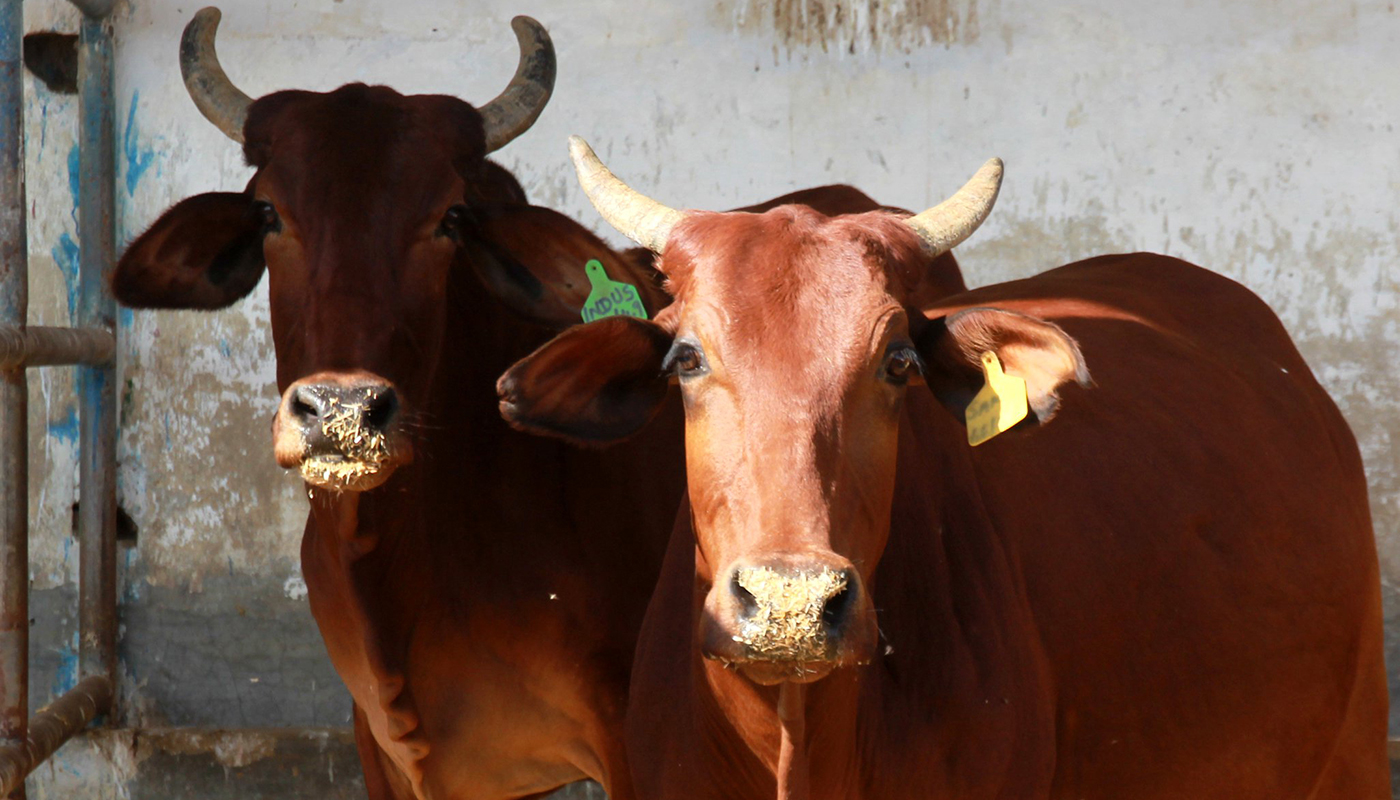 Red Sindhi Cattle Breed – Everything You Need to Know
Red Sindhi Cattle Breed – Everything You Need to Know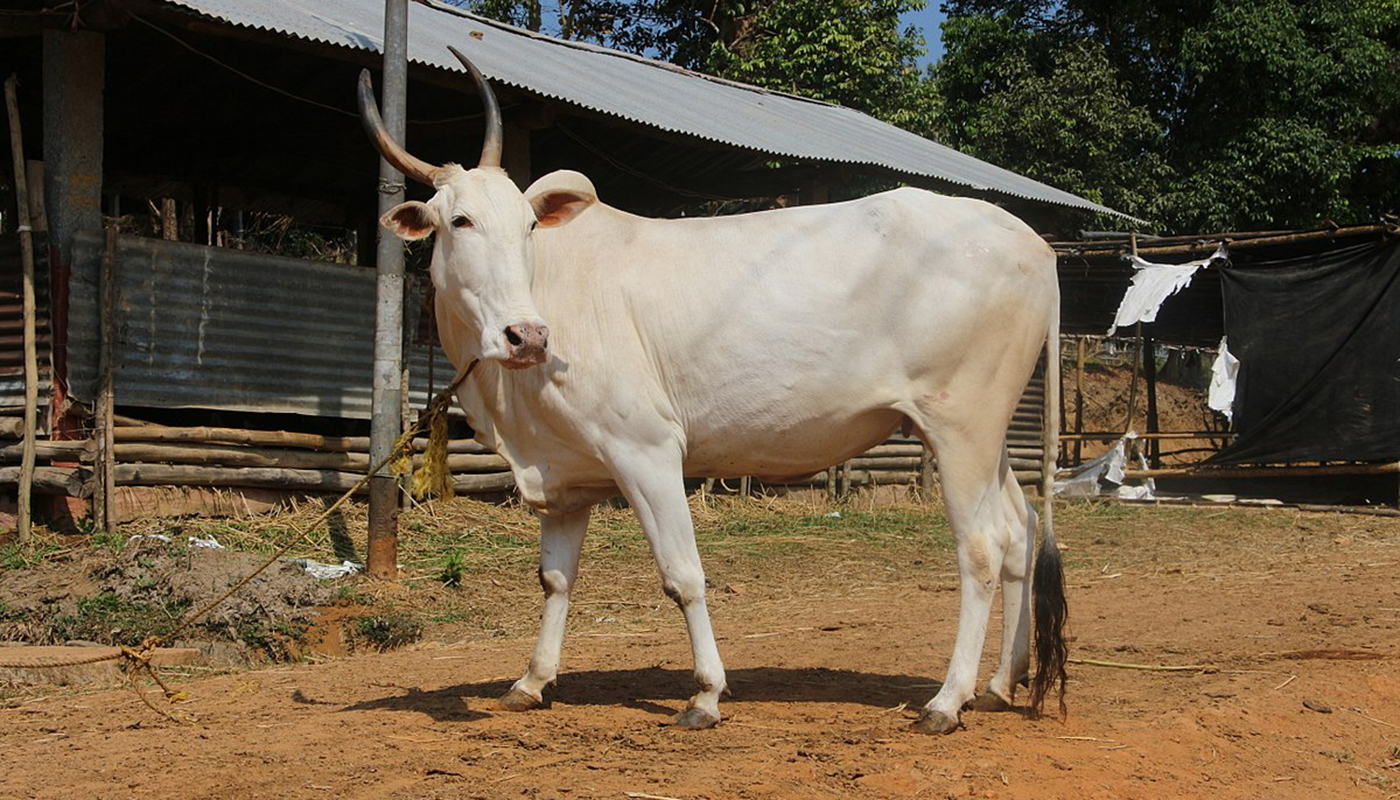 Hallikar Cattle Breed – Everything You Need to Know
Hallikar Cattle Breed – Everything You Need to Know American Milking Devon Cattle Breed – Everything You Need to Know
American Milking Devon Cattle Breed – Everything You Need to Know Highland Cattle Breed – Everything You Need to Know
Highland Cattle Breed – Everything You Need to Know Brahman Cattle Breed – Everything You Need to Know
Brahman Cattle Breed – Everything You Need to Know Wagyu Cattle Breed – Everything You Need to Know
Wagyu Cattle Breed – Everything You Need to Know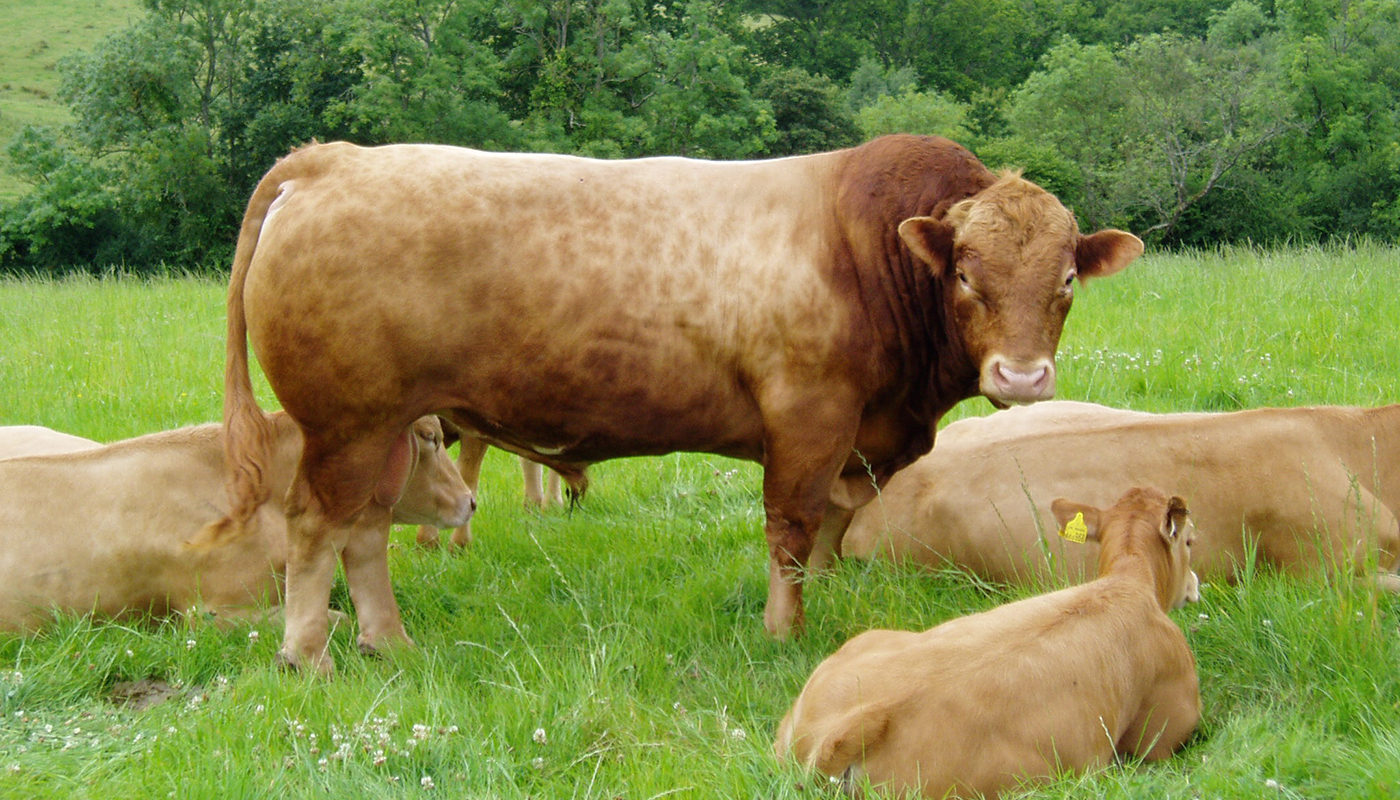 Gelbvieh Cattle Breed – Everything You Need to Know
Gelbvieh Cattle Breed – Everything You Need to Know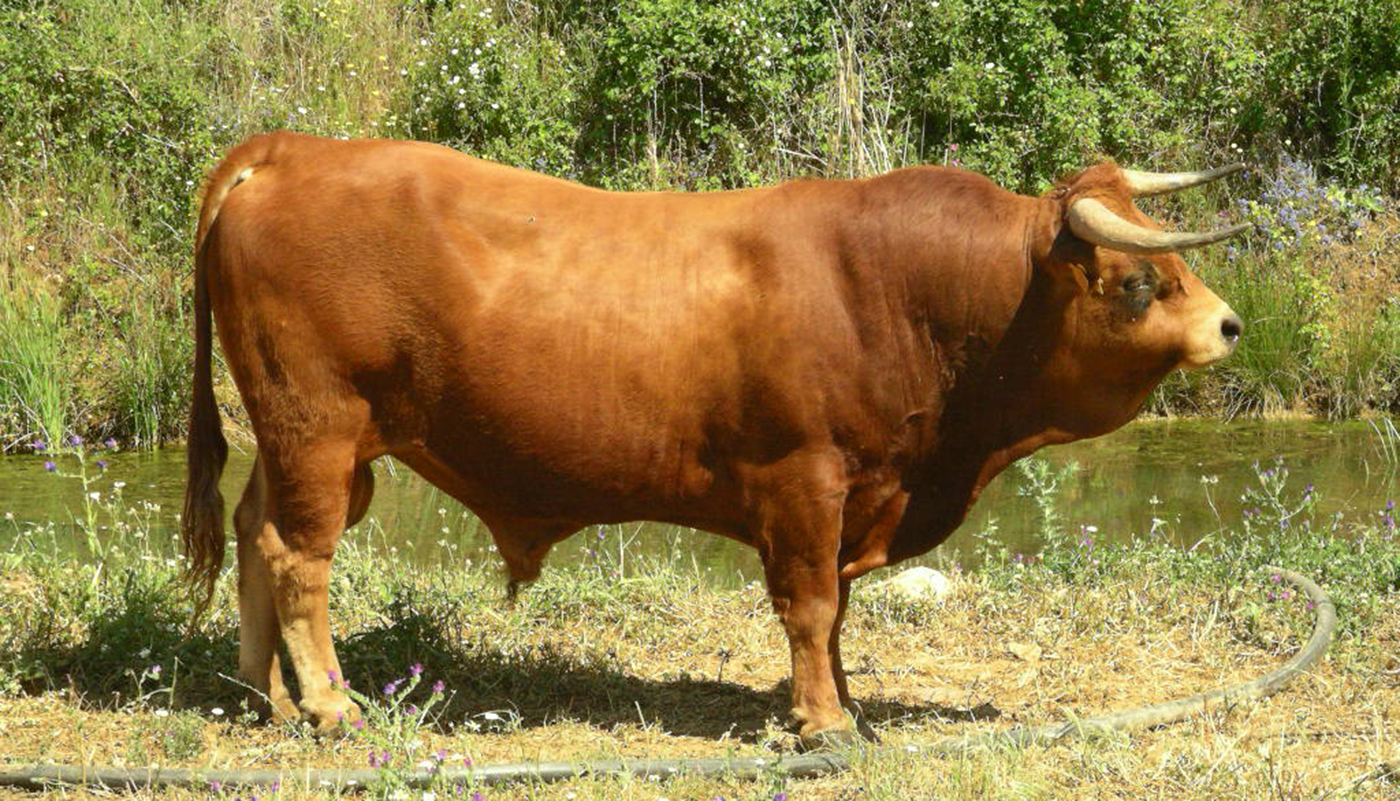 Arouquesa Cattle Breed – Everything You Need to Know
Arouquesa Cattle Breed – Everything You Need to Know Senepol Cattle Breed – Everything You Need to Know
Senepol Cattle Breed – Everything You Need to Know Fleckvieh Cattle Breed – Everything You Need to Know
Fleckvieh Cattle Breed – Everything You Need to Know